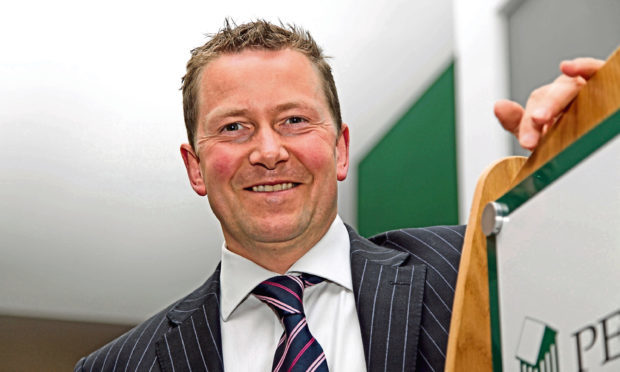Allow me to poke the hornet’s nest.
Last week CIPD and the High Pay Centre published their latest report on executive pay in the UK.
And I’m surprised there’s not been rioting in the streets at some of the egregious pay awards made to the bosses of the UK’s biggest companies.
Here’s a quick snapshot.
The single largest pay packet of the year went to Jeff Fairburn, chief executive of housebuilder Persimmon.
Mr Fairburn’s take home of £47.08 million was earned through a combination of salary, benefits and awards. That’s an eye-watering £900,000 each week last year, with the total figure equivalent to the pay of 1,130 ordinary workers in the company he heads. But, shockingly, that’s not the highest executive pay to employee multiple out there.
That dubious honour goes to Melrose Industries’ chief executive Simon Peckham, whose £42.76m package was equivalent to that of 1,134 of his staff.
Within the top 10 highest paid CEOs of 2017, the lowest multiple was Bob Dudley’s 106 to one.
Before you feel sorry for the BP boss, he was able to comfort himself with a pay package of £10.48m for the year, up from the £8.65m he earned in 2016.
Now, I am not arguing that people with huge responsibility should not be properly rewarded.
I have come across some incredibly talented – even visionary – people in this job and anyone capable of handling the unrelenting pressures that come with running a FTSE 100 company deserves to be set for life. I wouldn’t even argue against a seven-figure settlement for our most talented business people heading up our largest organisations.
After all, great responsibility should come with great pay.
But I cannot see any justification for an eight figure salary – and I should hope that any CEO worth their salt would be able to understand why.
Firstly, I would be worried about anyone on a blue chip board who genuinely believes their talent is equivalent to that of hundreds of their more junior colleagues. Because it is not.
Secondly, what message does such other-worldly boardroom pay packages give to the staff those same people are supposed to lead and inspire?
A demoralising one no doubt.
And, lastly, what does such remuneration say about the link between the boardroom and the factory floor? Surely that it is broken.
I am aware CEOs and other executives within big companies do not set their own reward package – it is up to a remuneration committee to do so.
And, yes, the figures they draw up are then put to a shareholder vote. But, in reality, unless a chunky activist investor is agitating for change for their own reasons, there’s little likelihood of the remuneration report being rejected.
Instead, what I’d love to see is a real board-level acknowledgement of the issue and a movement towards lowering exec pay and distributing some of that excess wealth to the factory floor. After all, that’s surely what a truly inspirational, worthy – and responsible – chief executive would do.
